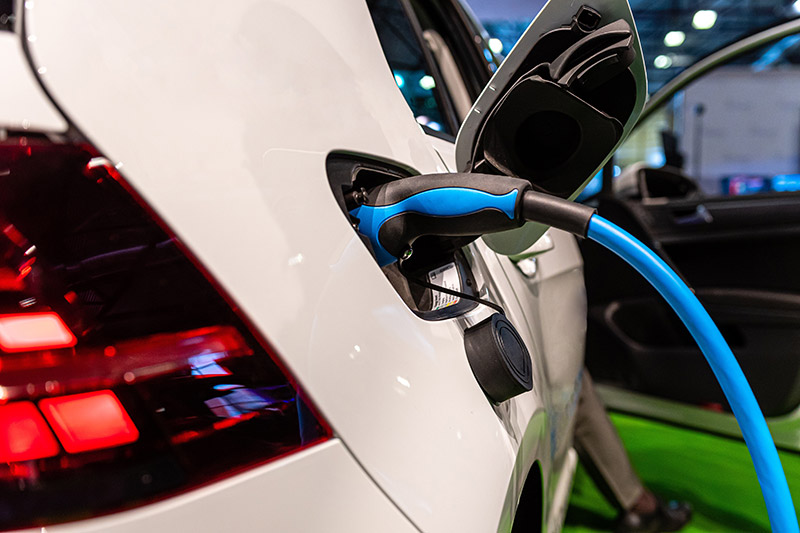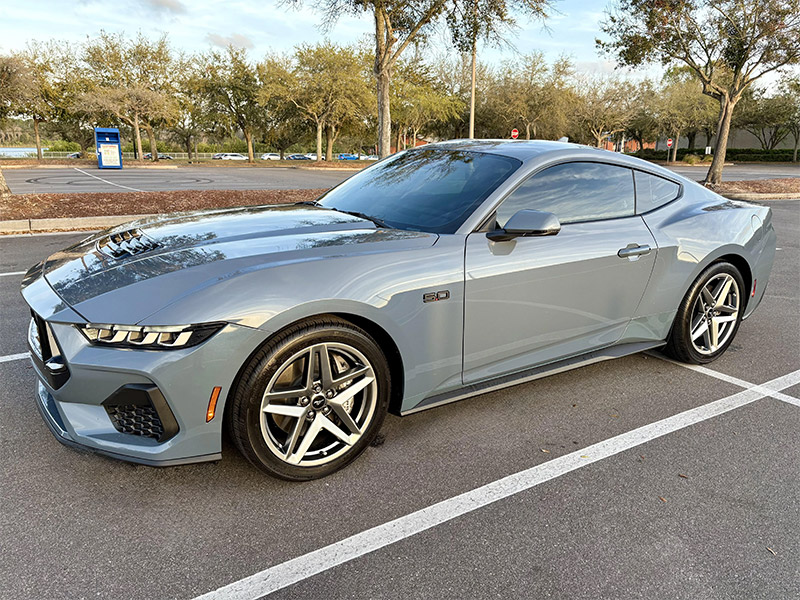
For over a century, the internal combustion engine has dictated the fundamental architecture of every car on the road. From the prominent grille needed for cooling to the long hood housing the engine block, traditional powertrains have imposed rigid constraints that designers have worked within—until now. The rise of electric vehicles is unleashing a design revolution that’s fundamentally reshaping what a car can look like, both inside and out.
Liberation from the Engine Bay
The most immediate freedom electric powertrains provide is spatial. Without the need for a large engine, radiator, exhaust system, and fuel tank, designers suddenly have unprecedented flexibility in how they allocate space. The compact electric motors can be positioned almost anywhere—under the floor, in the wheel hubs, or integrated into the axles—freeing up the entire front section of the vehicle for new possibilities.
This liberation is evident in vehicles like the BMW iX, which features a completely sealed front end where a traditional grille once dominated. The Lucid Air takes advantage of this freedom with its remarkably spacious interior despite a relatively modest exterior footprint. Some designers are even experimenting with entirely new proportions, creating vehicles that would have been impossible with conventional powertrains.
Rethinking Aerodynamics
Electric vehicles have also shifted the priorities around aerodynamic design. While traditional cars needed to balance airflow for cooling with efficiency, EVs can focus almost entirely on minimizing drag to maximize range. This has led to cleaner, more streamlined designs with features like flush door handles, active aerodynamic elements, and carefully sculpted underbodies.
The Mercedes EQS exemplifies this approach with its teardrop-like silhouette and impressive drag coefficient of just 0.20. Without the need for air intake, designers can create smoother, more unified front facades that slice through the air with minimal resistance.
Interior Revolution
Perhaps nowhere is the design freedom more apparent than in vehicle interiors. Without a transmission tunnel running down the center of the car, designers can create completely flat floors, enabling new seating configurations and more spacious cabins. The elimination of gear shifters, engine noise, and vibration has also opened up new possibilities for interior ambiance and layout.
Many electric vehicles now feature lounge-like interiors with swiveling seats, massive glass roofs, and minimalist dashboards dominated by large touchscreens. The Canoo pickup truck showcases this freedom with its completely configurable interior space, while the Mercedes EQS offers rear seats that can recline nearly flat, transforming the cabin into a mobile office or relaxation space.
New Design Languages Emerge
As designers break free from century-old constraints, entirely new automotive design languages are emerging. Many electric vehicles embrace a more sculptural, monolithic aesthetic—think of the Porsche Taycan’s continuous light bar or the Tesla Cybertruck’s angular, origami-inspired form. Others lean into bio-inspired designs, with flowing, organic shapes that would have been aerodynamically inefficient with traditional powertrains.
The BMW i3 pioneered this approach with its distinctive two-tone body and unconventional proportions, while newer entries like the Hyundai Ioniq 5 blend retro pixel-art aesthetics with futuristic functionality. These vehicles don’t just look different—they represent fundamentally new approaches to automotive design philosophy.
Challenges and Opportunities
This newfound freedom isn’t without its challenges. Designers must now consider new factors like battery placement, charging port integration, and the unique thermal management needs of electric powertrains. The weight and positioning of battery packs create their own constraints, often requiring innovative solutions to maintain optimal weight distribution and structural integrity.
However, these challenges are spurring even more innovation. Some manufacturers are integrating batteries into the vehicle’s structural elements, creating lighter, stronger platforms. Others are experimenting with wireless charging systems that could eliminate charging ports entirely, further simplifying exterior design.
Cultural Impact and Consumer Acceptance
The design revolution extends beyond mere functionality—it’s reshaping cultural perceptions of what cars should look like. As electric vehicles shed the visual cues associated with traditional powertrains, they’re helping consumers reimagine the automobile itself. The absence of exhaust pipes, the quiet operation, and the clean lines all contribute to a new automotive aesthetic that aligns with environmental consciousness and technological sophistication.
Some manufacturers are deliberately preserving familiar design elements to ease the transition—BMW’s electric vehicles still feature kidney grilles, albeit closed ones—while others like Tesla have embraced radical departures from automotive tradition. This tension between familiarity and innovation reflects the broader cultural shift happening in the automotive industry.
Looking Forward
As electric powertrains become more mainstream and battery technology continues to improve, we can expect even more dramatic departures from traditional automotive design. Solid-state batteries promise to be smaller and lighter, potentially freeing up even more space for creative design solutions. Autonomous driving capabilities may eliminate the need for traditional driving positions entirely, turning vehicles into mobile living spaces.
The transformation we’re witnessing isn’t just about making cars cleaner—it’s about reimagining what transportation can be. Electric powertrains have given designers permission to think beyond the constraints that have defined automotive design for generations, and the results are reshaping not just how cars look, but how we think about mobility itself.
The road ahead promises even more radical departures from tradition as designers continue to explore the possibilities that electric powertrains have unlocked. In breaking free from the tyranny of the internal combustion engine, automotive design is entering its most creative and transformative era since the automobile’s invention.

